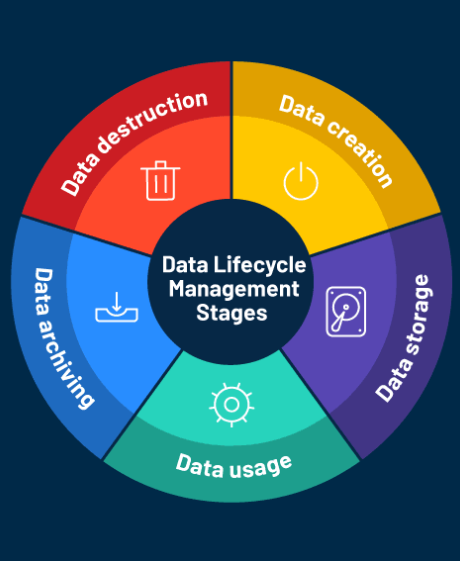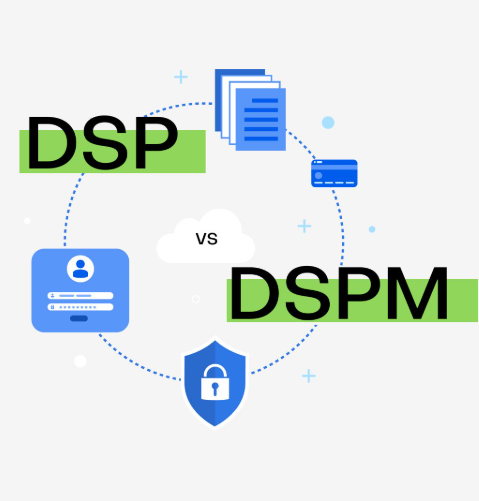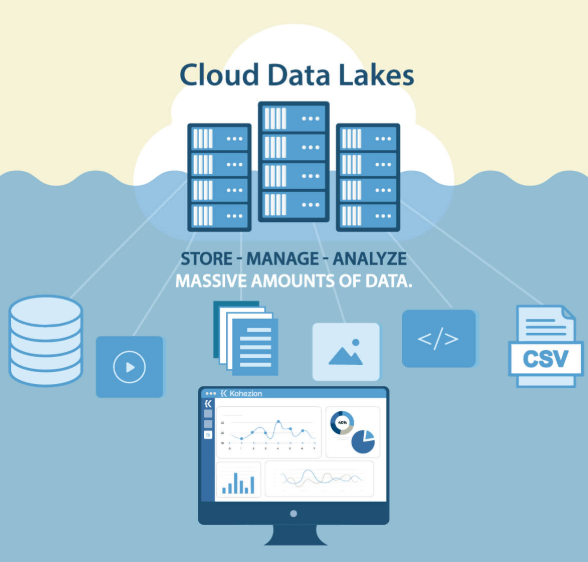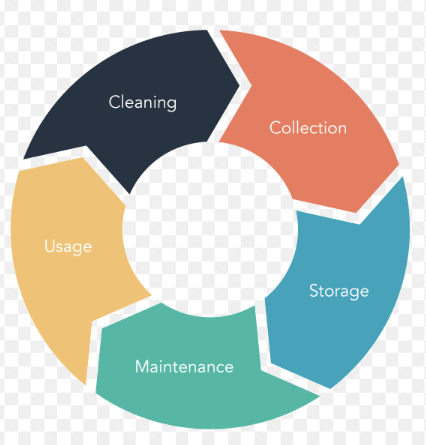
In today’s business world, cloud data management is no longer just a trend; it’s the backbone of how companies operate, evolve, and innovate. As data continues to grow at an exponential rate, managing it in the cloud has become essential. This shift represents a move from traditional, rigid systems to a more flexible, scalable approach. In this article, we’ll dive into the core principles of cloud data management, explore key strategies for utilizing its potential, and consider where the field is headed.
Cloud vs. Traditional Data Management
At its core, traditional data management is built around physical infrastructure—on-premises servers, dedicated storage, and static resources. In contrast, cloud data management operates on the principles of flexibility, scalability, and the ability to work across distributed environments. This change in approach isn’t just technical but philosophical, offering a much more adaptable way to handle business data.
Embracing a New Perspective
Transitioning to the cloud requires more than just adopting new technologies; it demands a shift in how we think about data. No longer is it confined to one location or set of physical devices. Instead, it becomes fluid—able to move across systems and adapt to the needs of the business in real-time.
Key Concepts in Cloud Data Management
Cloud data management introduces a number of strategies and tools designed to manage vast amounts of data efficiently. Let’s break down some of these concepts that are revolutionizing the field.
Data Integration in the Cloud
Integrating data from multiple sources is key to creating a cohesive data environment. Technologies like ETL (Extract, Transform, Load) processes and APIs (Application Programming Interfaces) are commonly used to synchronize data across different cloud services. This integration creates a unified data ecosystem that enhances overall business intelligence.
Data Warehousing and Analytics
Cloud data warehousing is transforming analytics. Platforms such as Amazon Redshift and Google BigQuery offer immense processing power, enabling businesses to quickly analyze terabytes of data and make faster, data-driven decisions.
Data Orchestration
Cloud-based orchestration tools like Airflow and Dataflow manage complex data pipelines, ensuring seamless data flow across various systems. These tools allow businesses to scale their data operations dynamically, adjusting to changing needs.
Serverless Architecture
One of the most exciting features of cloud data management is serverless architecture. This approach eliminates the need to manage servers, instead allowing functions to run on demand. Services like AWS Lambda streamline data processing and free businesses from the constraints of traditional server management.
Best Practices for Effective Cloud Data Management
Successfully managing data in the cloud requires a thoughtful approach. By adhering to best practices, businesses can optimize their cloud data management strategies.
Data Governance
Establishing a strong governance framework ensures that data is managed according to defined standards. Clear policies regarding data access, quality, and compliance are essential for maintaining trust and security in your cloud environment.
Data Security
Security remains a top priority when it comes to cloud data management. Best practices for encryption, access control, and constant monitoring help safeguard your data, protecting it from unauthorized access or breaches.
Automation
Automation plays a pivotal role in streamlining data management tasks. From data integration to transformation and deployment, automating repetitive processes reduces human error and enhances operational efficiency.
Optimizing Performance and Resilience
The cloud offers a range of performance and resilience options that should be leveraged to ensure your data systems are both fast and reliable. Taking advantage of these features can help businesses ensure continuity and meet the demands of their customers.
Why Cloud Data Management Matters
Adopting cloud data management comes with a variety of benefits. These range from cost-efficiency to enhanced collaboration, all of which contribute to an organization’s ability to innovate and thrive.
Scalability
The cloud’s flexible nature means it can scale up or down based on demand. Whether your business is expanding or experiencing seasonal fluctuations, cloud data management can easily accommodate changes in data needs.
Cost Efficiency
With cloud data management, businesses only pay for the resources they use, making it a highly cost-effective solution. By using the right pricing models and scaling appropriately, organizations can optimize their data management costs.
Collaboration and Innovation
The cloud fosters an environment of collaboration. By making data and tools accessible to various departments, businesses can facilitate teamwork and drive innovation, creating new products and services that meet customer needs.
Business Agility
The cloud’s flexibility allows businesses to adapt quickly to market changes. Whether it’s taking advantage of a new opportunity or responding to shifting conditions, the cloud empowers organizations to act swiftly and decisively.
Emerging Trends in Cloud Data Management
Looking ahead, there are several key trends shaping the future of cloud data management.
Multi-Cloud and Hybrid Solutions
More organizations are adopting multi-cloud and hybrid strategies, combining services from different providers to create a tailored data environment that meets their specific needs.
Data Mesh
Data Mesh is a new approach to data architecture that focuses on decentralization. It organizes data around business domains, enabling greater autonomy, scalability, and quality.
Democratization of Data
The movement towards democratizing data means making data accessible to more people within an organization. This trend enables employees across departments to access and analyze data, which can improve decision-making and foster innovation.
Conclusion
Cloud data management is not just a technical challenge but a strategic opportunity. By adopting the right technologies, practices, and frameworks, businesses can unlock the full potential of their data. The future of cloud data management looks bright, with innovations in multi-cloud strategies, data mesh, and data democratization leading the way. As organizations continue to embrace the cloud, the potential for growth, agility, and collaboration is limitless.


































































